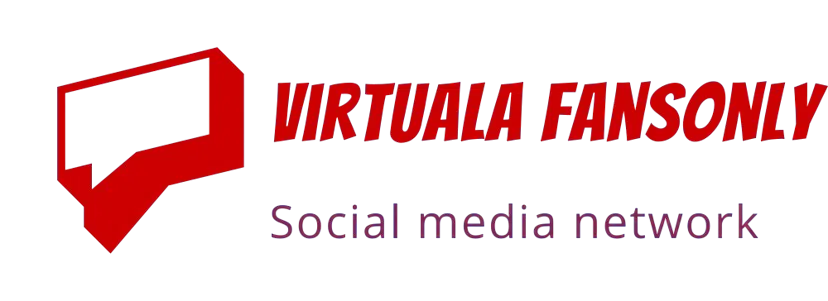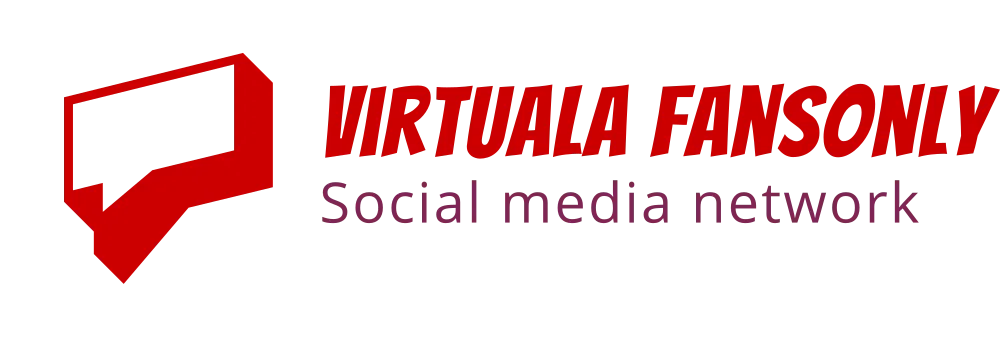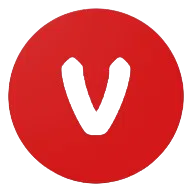Nikon SLM Solutions for Aerospace Market is projected to reach $4.92 billion by 2033

Nikon SLM Solutions for Aerospace Market. This report offers a full view of how Nikon’s selective laser melting (SLM) technologies are being adopted in aerospace, detailing market size, dynamics, growth drivers, constraints, and strategic opportunities for stakeholders in aviation and manufacturing.
SLM (Selective Laser Melting) solutions by Nikon combine precision metal 3D printing systems, software, and services tailored for aerospace applications—producing lightweight, complex components with robust mechanical properties. Adoption is increasing in engine parts, structural assemblies, prototyping, and tooling, where conventional manufacturing struggles to compete.
Nikon SLM Solutions for Aerospace market size was valued at $1.34 billion in 2024 and is projected to reach $4.92 billion by 2033, expanding at a CAGR of 15.2% during 2024–2033
Primary Market Drivers
-
Lightweighting & Fuel Efficiency Pressures
Aerospace firms are turning to SLM to produce intricate, lattice‑infused parts that offer strength at lower mass—a critical factor for fuel savings and emission reduction. -
Complex Geometry & Design Freedom
SLM enables the manufacture of internal cooling channels, thin walls, topology-optimized geometries and consolidated assemblies that are not practical with subtractive methods. -
Digital Manufacturing & Industry 4.0 Integration
SLM systems integrate with CAD/CAE, simulation tools, and process monitoring software—accelerating the digital supply chain in aerospace. -
Strategic Partnerships & Material Advances
Nikon has formed collaborations, for instance with Howco Metals to refine aerospace-specific alloy parameters for its SLM 280/500 systems. Nikon also partnered with ArianeGroup to deploy ultra-large AM machines for aerospace scale parts.
Request a Sample Report: https://researchintelo.com/request-sample/71101
Market Restraints
-
Stringent Certification & Qualification Hurdles
Aerospace components must meet rigorous standards (e.g. fatigue, metallurgical consistency). Qualifying SLM parts is costly and time‑intensive. -
High CapEx & Running Costs
SLM machines, metal powders, maintenance, and gas handling infrastructure represent high capital and operational expenditures. -
Material & Process Limitations
Certain alloys remain challenging to process by SLM—especially large titanium or nickel superalloys—and controlling porosity and defects is nontrivial.
Emerging Opportunities
-
Large-Format & Ultra-Large AM Platforms
Nikon is delivering larger build-volume machines (e.g. to ArianeGroup) to support bigger aerospace structures and engine components. -
Retrofit & Spare Part On-Demand Production
Airlines, MROs, and aerospace OEMs are exploring on-site or regional SLM for on-demand spare parts and low-volume servicing. -
Adjacency into Space & Defense Manufacturing
Spacecraft structural parts, satellite mechanisms, and defense hardware with extreme performance demands offer high-value SLM applications.
View Full Report: https://researchintelo.com/report/nikon-slm-solutions-for-aerospace-market
Regional Insights & Market Segmentation
By Offering Type:
-
Hardware (SLM systems)
-
Software & Process Control
-
Services (integration, qualification, post-processing)
By Application:
-
Aircraft Components
-
Engine Parts
-
Structural Assemblies
-
Prototyping & Tooling
-
Others
By Material Type:
-
Aluminum
-
Titanium
-
Nickel Alloys
-
Stainless Steel & Others
By End Use / Customer:
-
Commercial Aviation
-
Military / Defense
-
Spacecraft & Satellites
Regional Trends:
-
North America commands the largest share, supported by strong aerospace R&D and defense programs.
-
Europe is another major player, with strong additive manufacturing support and integrated supply chains.
-
Asia-Pacific is the fastest-growing region, with rising domestic aerospace capacity in China, India, and Southeast Asia.
To date, Nikon SLM has sold over 900 systems, including deliveries to Safran, reinforcing its installed base in the aerospace additive domain.
Strategic Recommendations
-
Develop Modular Qualification Packages
Pre-qualify modules for certain parts or assemblies to reduce the certification burden for purchasers. -
Support Retrofit / Hybrid Solutions
Enable hybrid SLM + subtractive workflows to help adopters transition from traditional manufacturing. -
Deepen Material R&D & Alloy Libraries
Expand support for aerospace-specific alloys (e.g. C-103, Inconel, Ti) via material parameter development and testing. -
Forge Aerospace OEM & MRO Alliances
Partner with aerospace integrators, engine makers, and maintenance houses to embed SLM solutions into their design and service roadmaps.
Link with the Study Abroad Agency Market
While seemingly distant, the ascendance of the Nikon SLM Solutions for Aerospace Market influences the Study Abroad Agency Market. As aerospace and manufacturing institutions worldwide expand programs in additive manufacturing, materials science, and digital aviation, students increasingly seek international institutions specializing in aerospace 3D printing. This fosters demand for study abroad placements in engineering, design, and additive manufacturing specialties in leading countries.
Outlook & Closing Thoughts
The Nikon SLM Solutions for Aerospace Market occupies a favorable position at the nexus of additive manufacturing, aerospace modernization, and digital transformation. Its growth hinges on combining material innovations, certification pathways, and strategic industrial partnerships.
Organizations that embrace modular qualification, retrofit readiness, and aerospace co-development will find prime opportunities. As the aviation and space sectors pursue lighter, more efficient designs, Nikon’s SLM solutions are poised to accelerate that transition—bridging design ambition with manufacturing reality.





- Live Stream
- Causes
- Crafts
- Dance
- Drinks
- Film
- Fitness
- Food
- Giochi
- Gardening
- Health
- Home
- Literature
- Music
- Networking
- Altre informazioni
- Party
- Religion
- Shopping
- Sports
- Theater
- Wellness
- Art
- Life
- Coding




